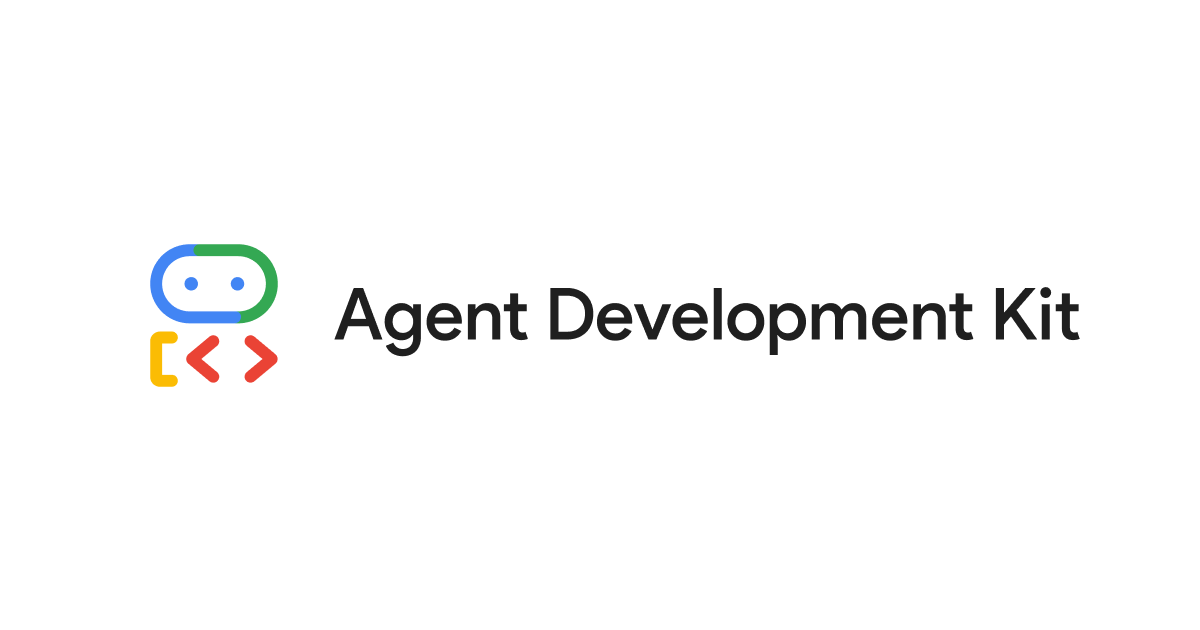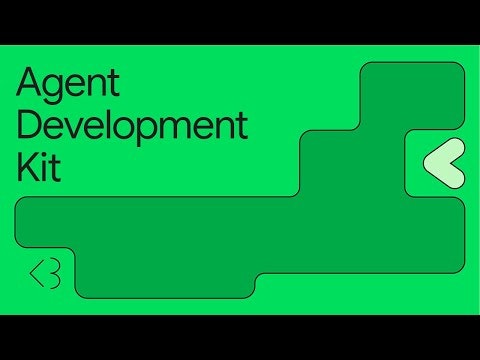
Table of Contents
Overview
In the ever-evolving landscape of AI development, creating intelligent agents that can collaborate and solve complex problems is a crucial frontier. Enter the Agent Development Kit (ADK), an open-source toolkit from Google designed to empower developers in building sophisticated multi-agent systems. This powerful framework provides the tools and infrastructure necessary to define, orchestrate, and evaluate the performance of your AI agents, paving the way for groundbreaking research and innovative applications. Let’s dive into what makes ADK a compelling choice for AI researchers and developers.
Key Features
ADK boasts a robust set of features that make it a standout choice for building multi-agent systems:
- Open-source: Being open-source, ADK offers complete transparency and allows for community contributions, ensuring continuous improvement and adaptation to evolving needs.
- Flexible Orchestration: ADK provides powerful mechanisms for orchestrating interactions between agents, allowing you to define complex communication protocols and collaboration strategies.
- Built-in Evaluation Tools: Evaluating agent performance is critical. ADK includes built-in tools for benchmarking and assessing agent behaviors, enabling data-driven optimization.
- Rich Model/Tool Ecosystem: ADK integrates seamlessly with a wide range of pre-trained models and tools, accelerating development and reducing the need to build everything from scratch.
- Integrates with Popular ML Frameworks: ADK is designed to work harmoniously with popular machine learning frameworks like TensorFlow and PyTorch, providing a familiar development environment.
How It Works
The Agent Development Kit simplifies the process of building and evaluating multi-agent systems. Developers begin by defining individual agents, specifying their roles, capabilities, and communication protocols. ADK then allows for the orchestration of these agents within a simulated environment, where they can interact and collaborate to achieve specific goals. A key aspect of ADK is its plug-and-play architecture, enabling the seamless integration of different agent models and algorithms. Finally, ADK provides comprehensive benchmarking tools to assess agent performance, allowing developers to identify areas for improvement and optimize their systems.
Use Cases
ADK opens up a wide range of possibilities across various domains:
- Research on Multi-Agent Collaboration: ADK provides a powerful platform for researchers to explore novel collaboration strategies and communication protocols in multi-agent systems.
- AI Simulation Environments: Create realistic simulation environments where AI agents can learn and adapt to complex scenarios, such as traffic management or resource allocation.
- Development of Autonomous Systems: Build autonomous systems that can operate independently and collaboratively, such as self-driving vehicles or robotic teams.
- Benchmarking Agent Behaviors: Evaluate and compare the performance of different agent models and algorithms using ADK’s built-in benchmarking tools.
Pros & Cons
Like any tool, ADK has its strengths and weaknesses. Understanding these can help you determine if it’s the right fit for your project.
Advantages
- Highly Extensible: ADK’s modular design allows for easy customization and extension, enabling developers to tailor the framework to their specific needs.
- Backed by Google: Being a Google project, ADK benefits from the company’s vast resources and expertise in AI research and development.
- Strong Documentation: ADK comes with comprehensive documentation and tutorials, making it easier for developers to learn and use the framework.
- Community-Supported: The open-source nature of ADK fosters a vibrant community of developers and researchers who contribute to its ongoing development and provide support to users.
Disadvantages
- Technical Learning Curve: ADK requires a solid understanding of AI concepts and programming skills, which may pose a challenge for beginners.
- Limited Support Outside Research Applications: While ADK is well-suited for research purposes, its applicability to real-world, production-level applications may be limited.
How Does It Compare?
When choosing a framework for agent development, it’s important to consider the alternatives. OpenAI Gym is primarily focused on single-agent reinforcement learning, while Unity ML-Agents is more visually oriented and geared towards game development. In contrast, ADK prioritizes research and provides a more flexible and extensible platform for building complex multi-agent systems. ADK’s research-first design philosophy distinguishes it from these other tools.
Final Thoughts
The Agent Development Kit (ADK) is a powerful and versatile tool for building sophisticated multi-agent systems. Its open-source nature, flexible orchestration capabilities, and built-in evaluation tools make it an excellent choice for researchers and developers looking to explore the frontiers of AI collaboration. While it may require a steeper learning curve, the potential rewards in terms of research breakthroughs and innovative applications are significant. If you’re serious about building the next generation of intelligent agents, ADK is definitely worth considering.

